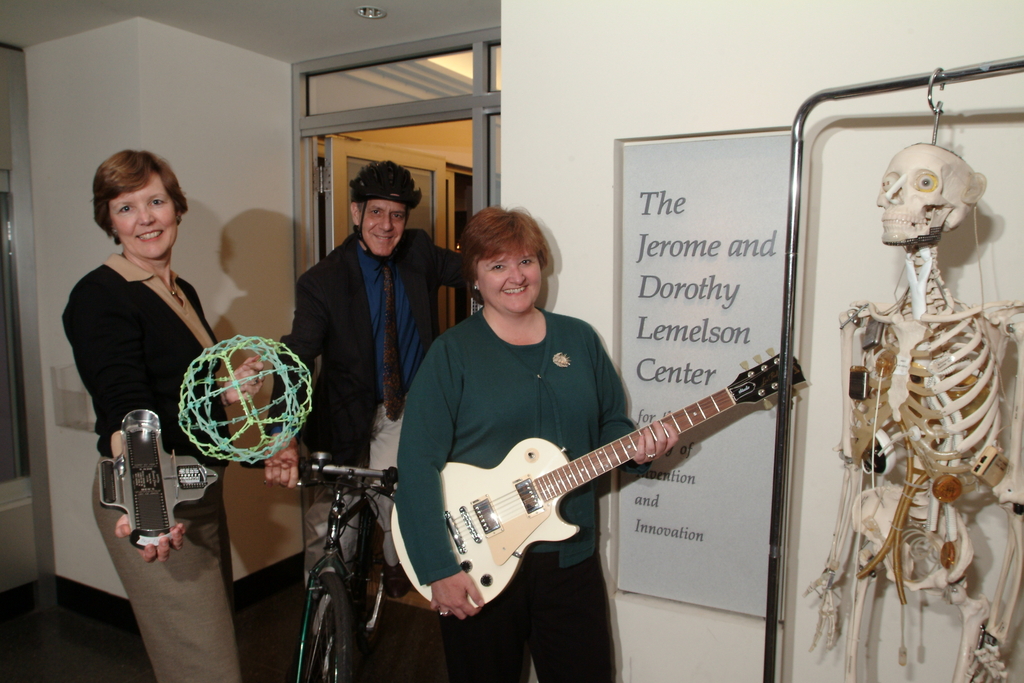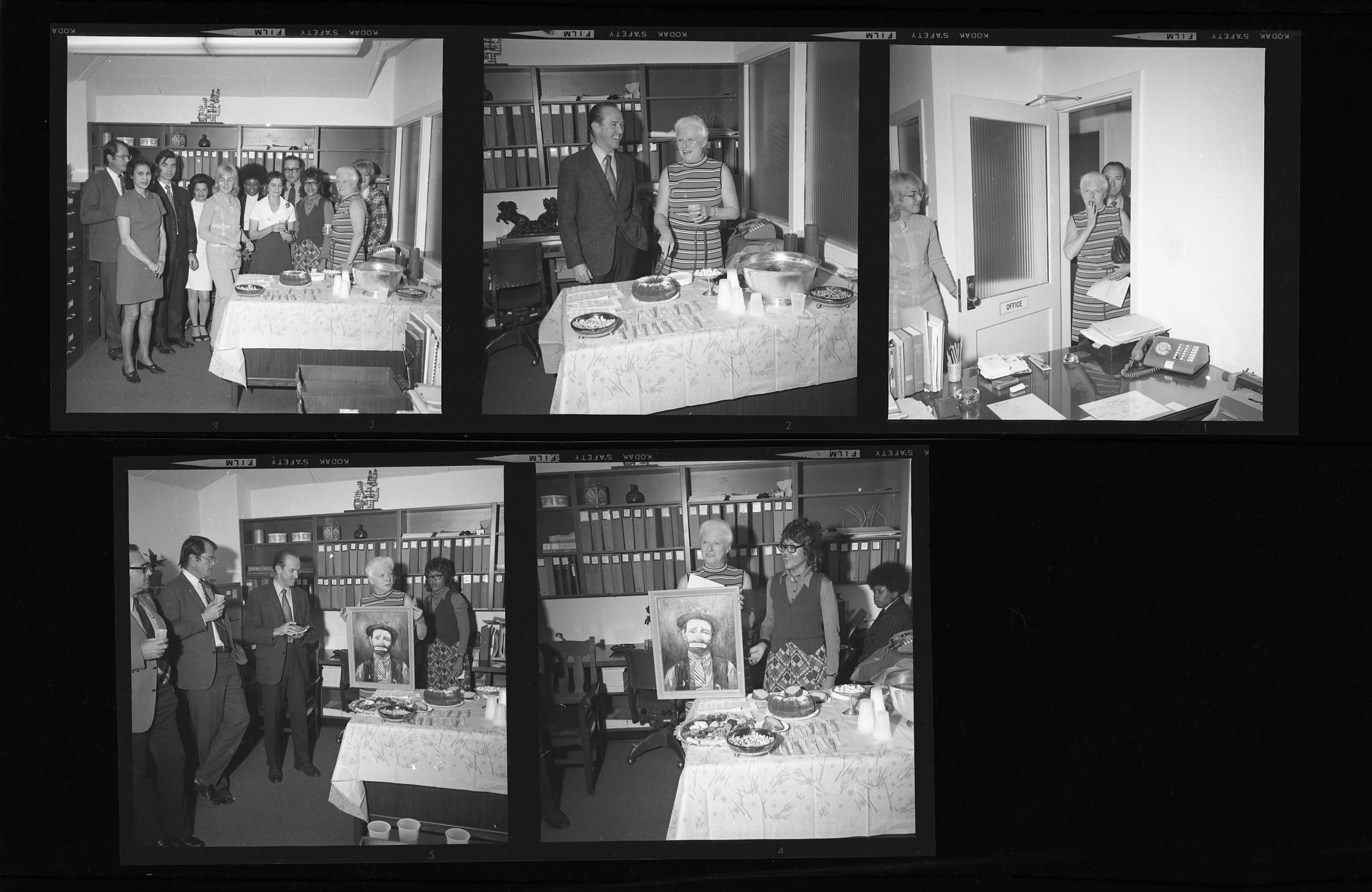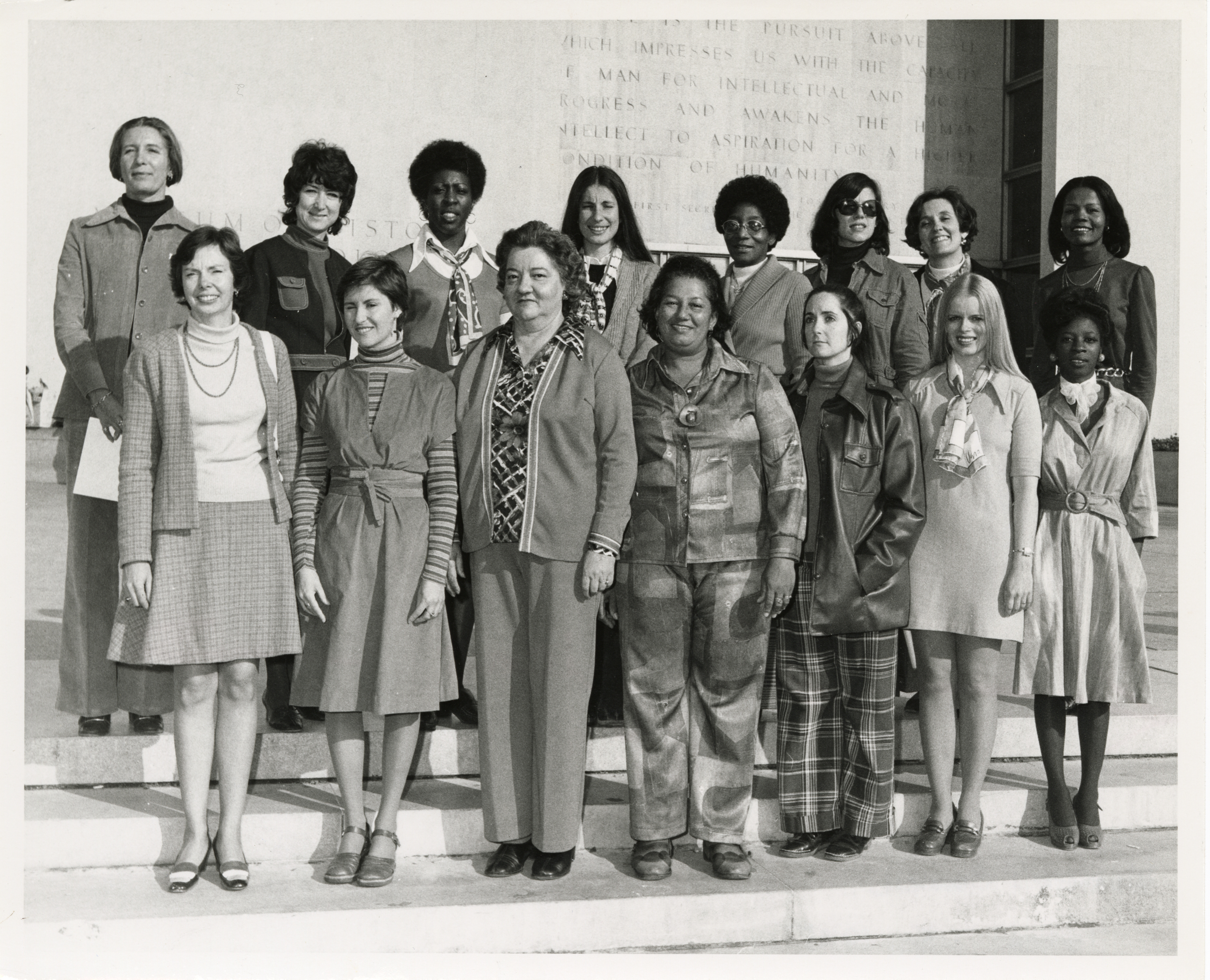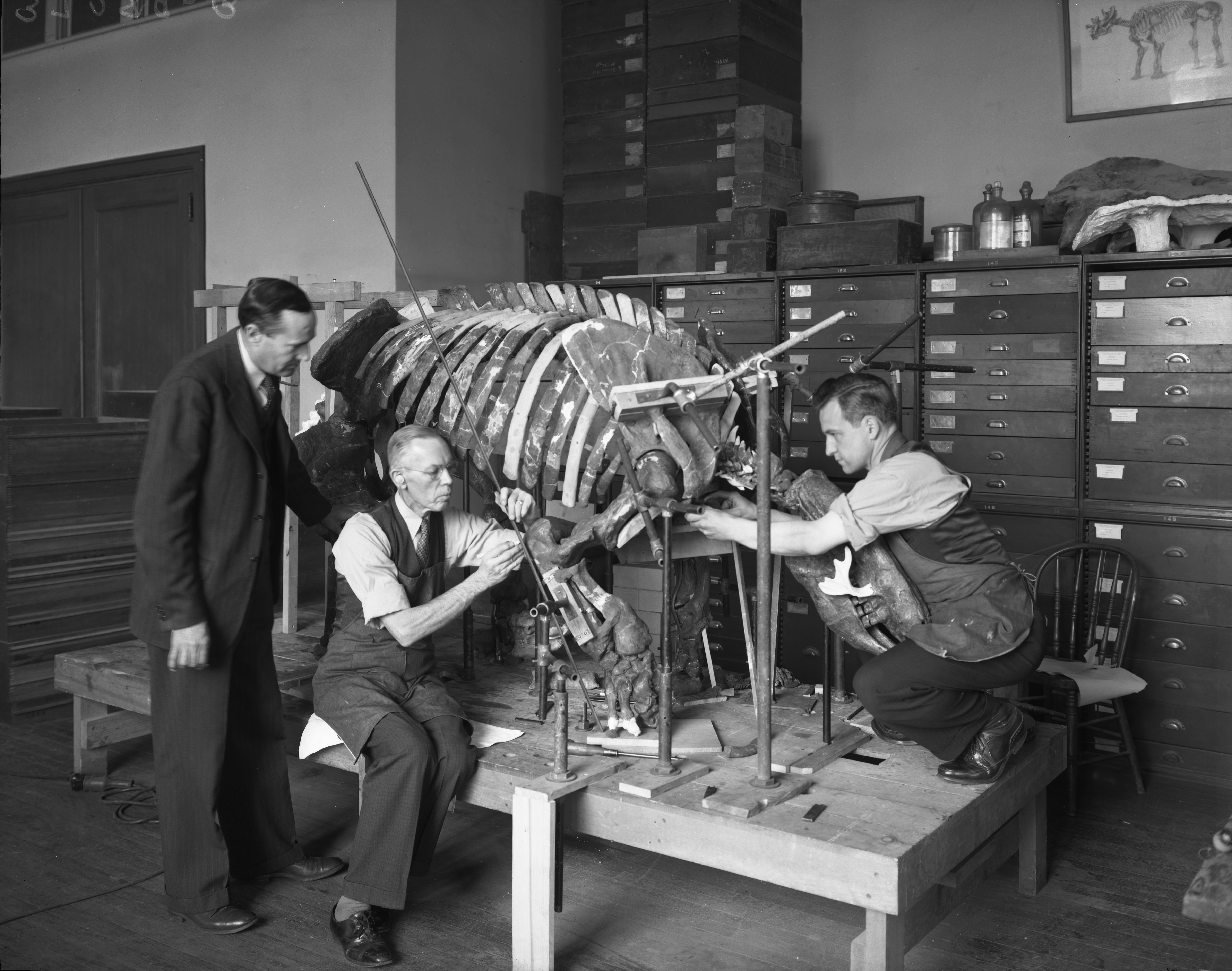Results for "Personnel management"

Wonderful Women Wednesday: Claudine Klose
- Date: July 20, 2022
- Creator: Emily Niekrasz
- Description: Each week, the Archives features a woman who has been a groundbreaker at the Smithsonian, past or present, in a series titled Wonderful Women Wednesday.

Wonderful Women Wednesday: Ann S. Campbell
- Date: March 2, 2022
- Creator: Emily Niekrasz
- Description: Ann S. Campbell was one of the first women managers at the Smithsonian. Between 1968 and 1980, she directed the Management Analysis Office, responsible for surveying the Institution’s offices on their objectives, staffing, and function and developing any necessary operational changes. Under Campbell, the office was also tasked with issuing Smithsonian directives, including

Rate This!
- Date: October 16, 2014
- Creator: Ellen Alers
- Description: A look back at historic performance appraisal forms.

Wonderful Women Wednesday: Deborah M. Bretzfelder
- Date: March 9, 2022
- Creator: Emily Niekrasz
- Description: Each week, the Archives features a woman who has been a groundbreaker at the Smithsonian, past or present, in a series titled Wonderful Women Wednesday.
- Blog Post
Lisa Stevens: The Inspiring Career of the “Panda Lady”
- Date: September 1, 2020
- Description: Known lovingly by the public as the “Panda Lady,” Lisa Stevens cultivated a rich thirty-year career at the National Zoological Park as the senior curator of mammals.

Women Carrying out the Work of Change in the 1970s
- Date: January 5, 2021
- Creator: Dr. Elizabeth Harmon
- Description: Wonder Woman 1984 features fictional Smithsonian women in science trying to change the world. Let’s examine how real-life women pushed for change at the Smithsonian in the 1970s and created new opportunities for women at work.

Volunteer Spotlight: John Churchman
- Date: April 22, 2021
- Creator: Emily Niekrasz
- Description: To celebrate Volunteer Appreciation Month, we would like to recognize John Churchman, a research associate who has been documenting the history of computing at the Smithsonian.
- Blog Post
Cabinet of Curiosities
- Date: September 7, 2010
- Creator: Sarah Stauderman
- Description: [caption id="attachment_8083" align="aligncenter" width="336" caption="The mysterious cabinet of curiosities with assorted film cameras perched on top, 2010, by Michael Barnes, SIA."][/caption] Last fall a piece of furniture showed up in the Smithsonian Institution Archives (SIA) reception area. Aside from a few nicks, it is a large, handsome cabinet with drawers and double

Archival Fingerprints - Meredith Smith Diggs
- Date: October 21, 2021
- Creator: Mitch Toda
- Description: Meredith Smith Diggs was employed at the Smithsonian in different capacities and was closely associated with the second Secretary of the Smithsonian, Spencer Fullerton Baird. Through Diggs' correspondence we can get a small glimpse of his life and work at the Smithsonian.

From Plantations to Islands of Science: Travels in Costa Rica and Panama - Part II
- Date: January 31, 2013
- Description: George C. Wheeler and his travel in the Caribbean illustrate the interplay between science and tourism in Latin America.

Science Service, Up Close: Journalists, Cancer Research, and Public Education
- Date: March 6, 2018
- Creator: Marcel Chotkowski LaFollette
- Description: Cancer, James T. Patterson observed in The Dread Disease, serves as a powerful metaphor in American culture, where the malady mirrors the “manifestation of social, economic, and ideological divisions” in modern life. In the decades since publication of Patterson’s book, medical research has made great strides in methods of detection and treatment. But the challenge for science

Arlton C. Murray, Smithsonian Employee Who Became a Creation Scientist
- Date: December 26, 2013
- Creator: Ellen Alers
- Description: The search to prove/disprove the office story of Arlton C. Murray, the Smithsonian employee who became a creation scientist.
